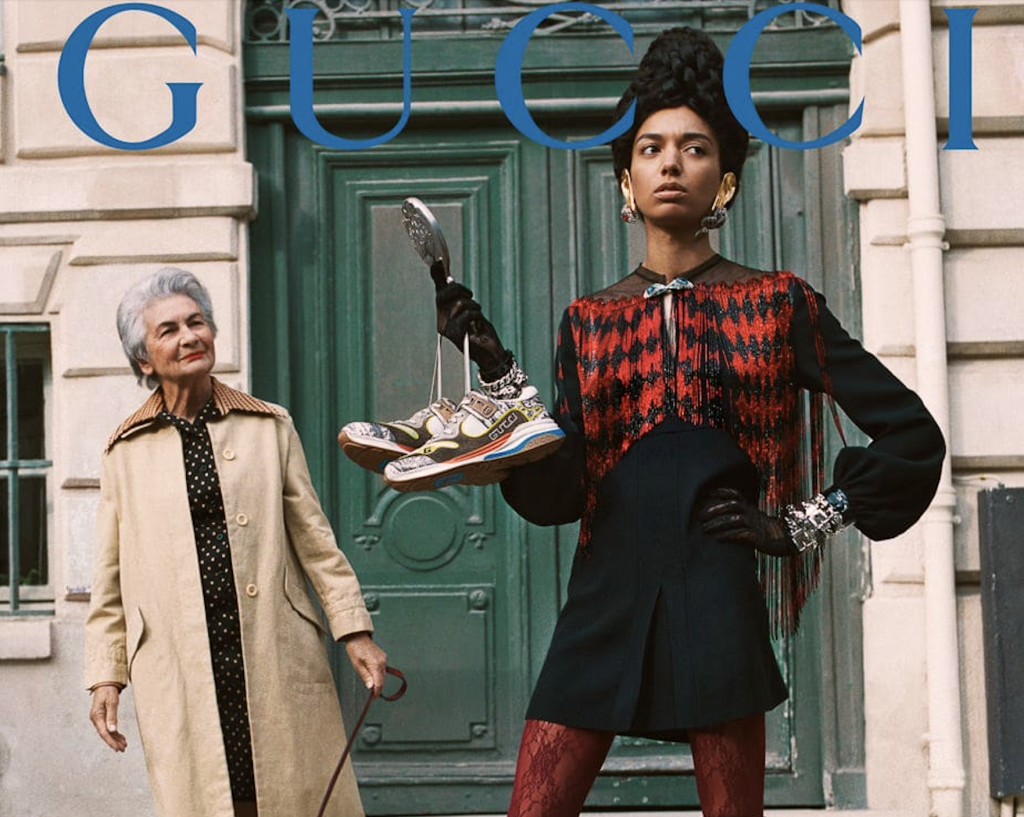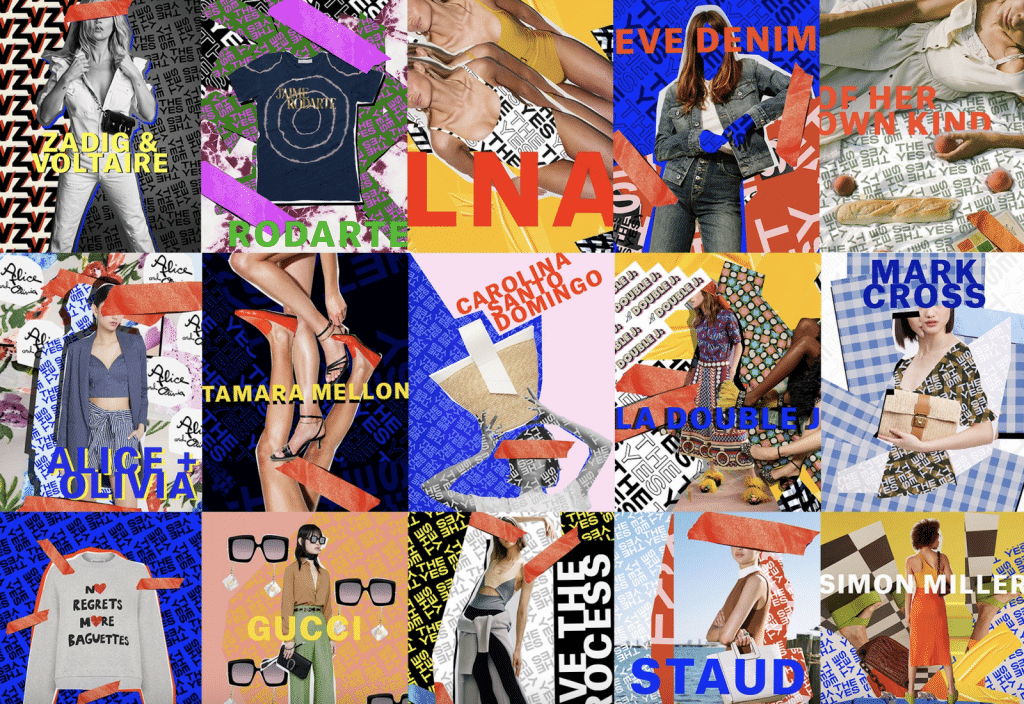Young shoppers are “no longer turning to retailers to figure out what products to buy, how to wear their hair, or what makeup styles are trending – they are figuring it out for themselves on TikTok,” NBC’s Leticia Miranda and Kalhan Rosenblatt wrote this week, reflecting on rise of the 4-year-old short video-sharing app, which is slated to have almost 80 million U.S. users by the end of the year. Not terribly unlike discovering outfit inspiration in the widely-used app, consumers do not need to look very hard to uncover a vast supply of counterfeit goods that are being shown off – and in some cases, offered up – on the ByteDance-owned social media platform, with Gucci, Rolex, Louis Vuitton, Dior, and Chanel among some of the brands whose trademarks most commonly appear on counterfeit goods on the app.
According to a newly-released study from UK-based consumer credit products company Money, which reviewed various hashtags associated with 40 of the most popular luxury brands – from #fake[brandname] and #[brandname]fake to #faux[brandname] and #counterfeit[brandname] – to determine the most heavily-targeted brands, Gucci is the most-frequently featured brand when it comes to counterfeit goods on TikTok. Putting Gucci at the top of the list, Money identified 13.6 million posts that mention the Kering-owned brand alongside counterfeit products in a 24-hour period early this month.
Swiss watchmaker Rolex, which is routinely one of the most counterfeited brands in the world, took the number two spot in terms of the most counterfeit-specific TikTok hashtags, with 11.7 million, followed by Louis Vuitton with 2.1 million. The numbers dipped pretty significantly for Dior, which was ranked at number 4, with 282,700 counterfeit hashtags; Chanel with 163,181, Balenciaga (144,500), Prada (121,468), Hermes (86,000), Cartier (51,000), and Burberry (15,000), which round out the top 10 on the list.
Across the board, Money found that for the brands it examined, TikTok was completely devoid of hashtags that contained the word “counterfeit,” likely the result of policing efforts by the platform, which prohibits users from posting “content that violates or infringes someone else’s copyrights, trademarks or other intellectual property rights” as part of its terms of service. With certain hashtags seemingly blocked by the platform, users were commonly found to include searchable hashtags, such as #fake[brandname] and #[brandname]fake, along with videos depicting counterfeit goods.
While Money did not include figures for hashtags that consist of a brand name and the word “dupe,” those are almost certainly prevalent, as “dupe culture” has proven prominent among younger social media users. As TFL previously reported, no shortage of the individuals that populate TikTok have taken to using the platform as a way to proudly showcase items that are conveniently – albeit erroneously – labeled as “dupes.” Realistically, these items are not “dupes,” a term used to refer to legally above-board products that take inspiration from existing (and often much more expensive) products. Since most “dupe” products make unauthorized use of other brands’ names and/or logos, they are more accurately characterized as trademark infringing goods and/or counterfeits.
Avoiding a Counterfeit Crackdown
The widespread availability of counterfeit goods on TikTok was spotlighted in the lawsuit that Amazon filed against influencers Kelly Fitzpatrick and Sabrina Kelly-Krejci, along with 11 Amazon marketplace sellers, in connection with their “unlawful and expressly prohibited advertisement, promotion, and/or sale of counterfeit luxury products on Amazon.com” in violation of Amazon’s policies, and federal and state law. In that case, which Amazon filed in November 2020, the e-commerce behemoth claims that Fitzpatrick and Kelly-Krejci “engaged in a sophisticated campaign of false advertising” in connection with which they “conspired” with sellers on Amazon’s marketplace to evade Amazon’s anti-counterfeiting protections by promoting counterfeit luxury goods – from Gucci belts to Dior handbags – on Instagram, Facebook, TikTok, and their own websites.
In connection with their advertising of counterfeit luxury goods on sites, such as TikTok, the influencers would provide interested buyers with “hidden links” to Amazon listings – which, as Fitzpatrick has explained, means “you order a certain product that looks nothing like the designer dupe in order to hide the item from getting taken down [by Amazon] and orders being cancelled” – in order to purchase the counterfeit goods from sellers on Amazon. That case is still underway in a federal court in Washington state.
As for why counterfeits are proving particularly ubiquitous on platforms like TikTok, in particular, part of the push comes from counterfeit sellers (and influencers like Fitzpatrick and Kelly-Krejci) actively looking to evade crackdowns by platforms, such as Amazon. In light of increasing efforts by platform operators, many of which are looking to win the trust of brands and consumers, counterfeiters sellers have been forced to “reshape their businesses,” per SCMP, and “retreat to more private spaces online,” which has given rise to an influx of counterfeit-advertising on TikTok and transactions being facilitated on messaging networks like WeChat.
Aside from the practical aspects of the evolving counterfeit trade, TikTok user Alexa Rose Healy – who has highlighted “Gucci dupes” from Chinese platform DHgate on her account – told World Trademark Review that age and social media culture have a lot to do with it. “I think it is due, in part, to an overall younger audience, ranging from high school aged Gen-Z to younger millennials, who may not have the income to buy high-end items,” but nonetheless, want access to such goods, as “we are a part of the ‘social media generation’ – a generation focused on presenting a certain image to others.” With that in mind, she says that there is a sizable audience that is eager for “dupe”-centric content on TikTok, and that posts featuring these types of products “seem to perform fairly well.”
In terms of what brands can do to win over Gen-Z consumers that might be tempted to buy counterfeit goods, Healey says that while “cost is definitely a factor for many, creating timeless, unique and high-quality pieces,” as opposed to purely “trendy pieces that will only depreciate in value” in a matter of a season or two, is “ultimately the way to win back the younger generations from dupe culture.”














